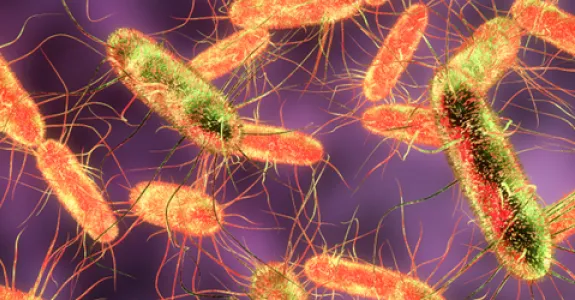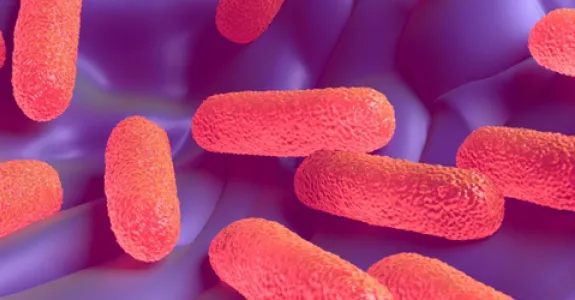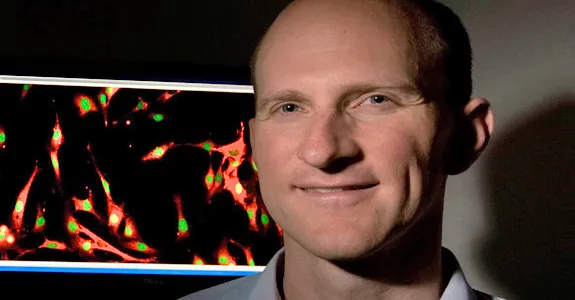
The primary focus of Dr. Monack lab's research is to understand the genetic and molecular mechanisms of intracellular bacterial pathogenesis. They use two model systems, Salmonella typhimurium and Francisella tularensis, to study the complex host-pathogen interactions.
Both of these organisms survive and multiply in macrophages, an important immune effector cell. Macrophages express Pattern Recognition Receptors on the surface as well as in the cytosol. The Monack laboratory focuses on the cytosolic recognition of bacteria that leads to Type I Interferon signaling and Inflammasome activation. They take both a genetic and biochemical approach to understand the molecular mechanisms involved in host recognition pathways leading to inflammation and pathogen evasion mechanisms.
Salmonella typhi causes the systemic disease typhoid fever and Francisella tularensis causes the systemic disease tularemia (“rabbit fever”). Utilizing mouse models of systemic salmonellosis and tularemia, the lab would like to understand how Salmonella persists within certain hosts for years in the face of a robust immune response and how F. tularensis, a stealth invader, can cause a rapid, lethal infection.





